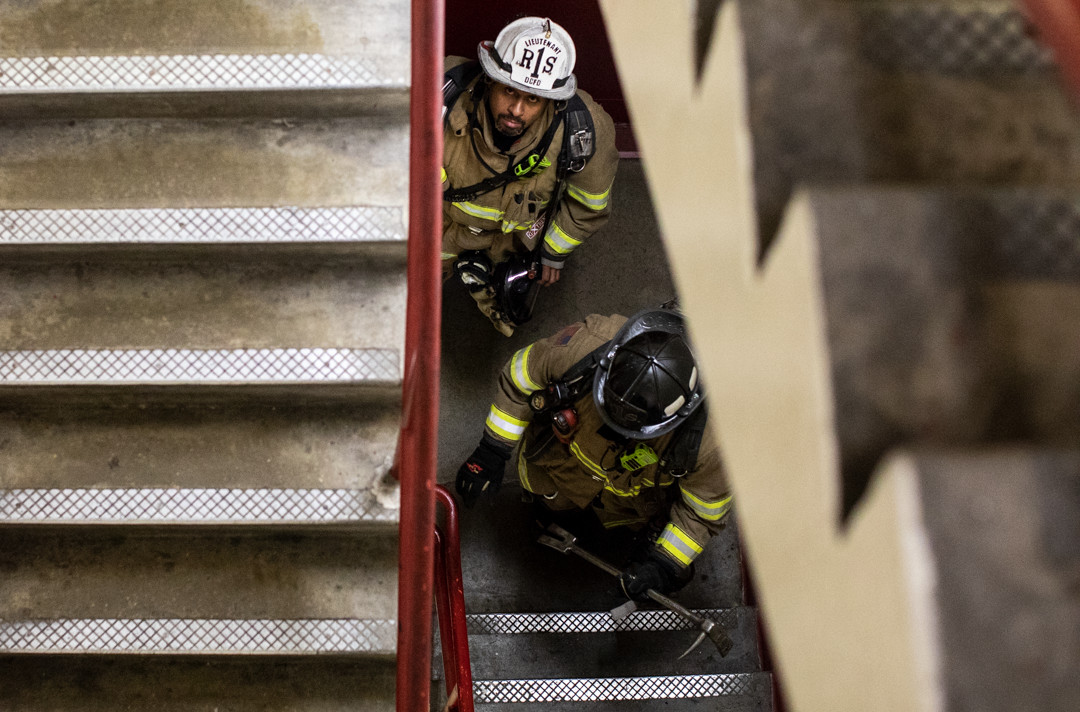
Across Wisconsin’s most heavily populated county, there’s a movement afoot to increase the reliability of radio coverage for first responders within commercial buildings and large family dwellings.
Currently, the 19 municipalities within Milwaukee County follow various (and often different) versions of The National Fire Protection Association (NFPA 72) code recommendations for first responder radio coverage, which has resulted in a patchwork of regulations across the region and a level of signal unreliability that increases risk.
“When you have different municipalities responding to an incident in a building, two-way radios may work in one area of the building but fail to get through in other areas, so that becomes a real issue,” said Dave Feiler, Public Safety Account Executive at BAYCOM. “First responders have to be able to respond for any type of incident, whether it’s a fire or a heart attack or active shooter, or anything that goes on inside a commercial business. And we should want and demand that they have radio coverage so that they can protect us and protect themselves during an incident.”
According to Feiler, BAYCOM is now working with the Milwaukee County Communications team to explore the development of standards for signal-strength testing across all the county’s municipalities and establish requirements for the use of tools like bi-directional amplifiers (BDAs) to enhance RF signals and minimize the risk of spotty radio coverage.
The need for standardized, measurable signal-strength testing became clear during a recent test inside a manufacturing facility in the county. The company currently uses a subjective test of signal strength, where they call into their dispatch center from various locations within the building, and the dispatcher records a subjective reading from zero to five.
“In that test, about half the building tested at three or above, which means it would have passed inspection,” said Feiler. “But when we then tested the actual signal strength with a spectrum analyzer, only one section in the building passed; all others failed.”
By standardizing testing and using precise measurement tools, the risk of radio dead zones can be minimized, according to Feiler. Plus, because technology like the spectrum analyzer divides the building into grids and measures the signal strength of each grid, it’s easy to determine exactly where signal strength needs to be enhanced.
To learn more about the standardization efforts that are underway in Milwaukee County, spectrum analysis or bi-directional amplifiers, check out our website or give us a call at 414-546-7625.
